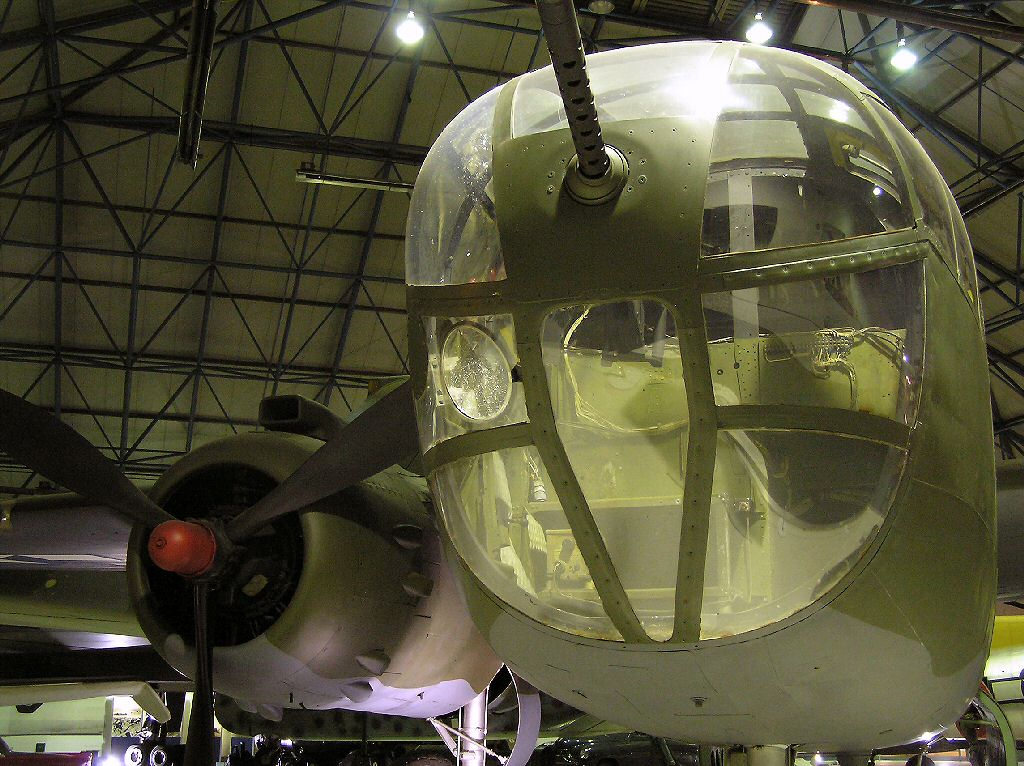|
The USS Hornet Aircraft Carrier was spotted by Japanese fishing vessels forcing the B-52 bombers to take off 170 miles (270 km) early, fuel exhaustion, stormy night time conditions with zero visibility, and lack of electronic homing aids at the recovery bases. All pilots and aircrew knew it was a one way mission. They did not have enough fuel to return. There had been a plan to land in friendly airfields in Eastern China but 15 Mitchells
crash-landed before reaching their landing zone. Some crash landed in Japanese held territory and were captured or killed. Only one B-52 landed intact in the Soviet Union, where its five-man crew was interned and the aircraft confiscated. Only 69 of the 80 aircrew survived and eventually made it back to American lines.
The USAAF based their B-25 Mitchells in the Mediterranean with the 12th United States Army Air Force. In the Pacific where they were used on low level straffing and bombing runs against Japanese airfields and resupply vessels. The USAAF did not operationally base them in Britain but the British RAF, Dutch and Russian Airforces received large numbers of B25 Mitchells. For the Royal Air Force Bomber Command this was one of the first operational aircraft that had a nose wheel. It improved forward vision on the ground and improved ground handling.
Most bombers of WW2 had their guns in turrets. The B-25 Mitchell was different. Guns and later cannons were fitted to the fuselage just like a fighter rather than a bomber. One of the first ideas was the installation of a machine gun "pack". The bombardiers compartment was removed and replaced with four Browning M2 .50 cal (12.7 mm) machine guns in the nose of the Mitchell and four more in blisters on the sides of the craft.
The B-25 became an awesome strafing machine with eight forward firing guns. Later, they rigged a lock for the top turret making a total of ten .50 cal (12.7 mm) machine guns, all fired simultaneously controlled by on finger of the pilot. In a later B25 variant an armour piercing cannon was added. It required a crew member to load, fire and clear the casing. When it fired it felt like the aircraft had hit a brick wall. The 75 mm shell could knock out a tank and punch very large holes in Japanese destroyers and barges at a range of nearly 2 miles causing them to blow up, catch fire or sink.
These aircraft photographs are great reference sources if your painting 1/72 scale, 1/48 scale or 1/24 scale plastic model airplane Airfix, Tamiya, zvezda, revel, Pavala aircraft kits or you’re into flying and painting radio RC controlled model planes.
There are many aviation books published about the WW2 B-25 USAAF Mitchell Medium bomber pictures
www.MooreAircraft.com
Tell your friends about us. Send them an e-mail
|
